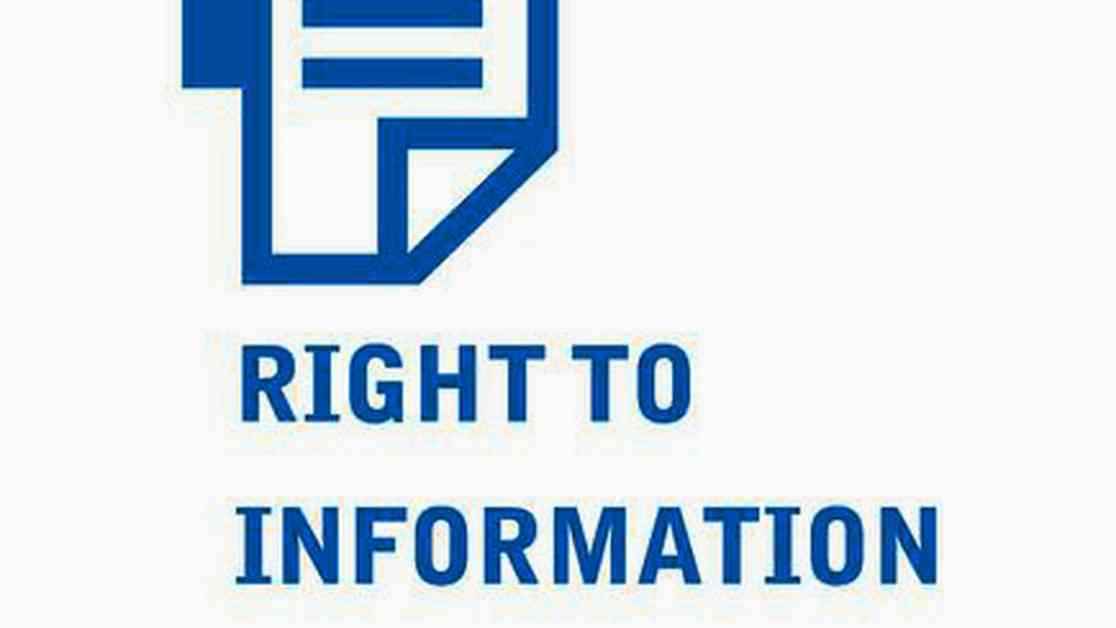The Indian Railways’ decision to end concessions for senior citizens has garnered significant attention, revealing an additional revenue of ₹8,913 crore over five years, as per responses obtained through Right to Information Act (RTI) applications to the Centre for Railway Information Systems (CRIS). CRIS, an entity functioning under the Railway Ministry responsible for ticketing, passenger data management, and various other services, shed light on the financial implications of this policy shift. The move to withdraw discounts for senior citizens—males over 60, females over 58, and transgender individuals—on train tickets across all classes, implemented since March 20, 2020, due to the COVID-19 pandemic, has sparked debates and discussions within the Parliament and among citizens alike.
Revealing Revenue Insights
The data accessed through the RTI Act presented a detailed breakdown of the revenue generated from senior citizen passengers during the period between March 20, 2020, and February 28, 2025. An astute RTI activist from Madhya Pradesh, Chandra Shekhar Gaur, shared his findings, showcasing a total of 31.35 crore senior citizens who travelled during this timeframe, collectively contributing to the substantial revenue increase of ₹8,913 crore. This revenue surge, stemming from the removal of concessions, highlights the financial implications of such policy changes on a large scale.
Mr. Gaur’s meticulous analysis of the gender-wise revenue distribution further emphasized the impact of the concession removal, with male passengers accounting for approximately ₹11,531 crore, female travelers for ₹8,599 crore, and transgender individuals contributing ₹28.64 lakh to the total revenue of ₹20,133 crore. The stark contrast between the revenue generated with and without concessions underscores the significant financial gains for Indian Railways resulting from this strategic decision.
Debating Concessions and Subsidies
Railway Minister Ashwini Vaishnaw’s stance on the issue, emphasizing the existing 46% concession provided to all passengers on average, offers a glimpse into the broader context of affordability and subsidy mechanisms within the railway sector. With subsidies amounting to a staggering ₹56,993 crore on passenger tickets in 2022-23, the Railway Ministry’s commitment to ensuring accessible services for all segments of society remains a focal point of discussion. Mr. Vaishnaw’s explanation of the cost structure and subsidy allocations provides clarity on the intricacies of pricing and financial sustainability within the railway network.
Despite the ongoing subsidies and concessions for various categories such as Persons with Disabilities, patients, and students, the demand for reinstating senior citizen concessions persists. Chandra Shekhar Gaur’s poignant inquiry into the ethical considerations of providing affordable travel options for senior citizens encapsulates the broader debate on social welfare and government responsibilities. As citizens navigate the complexities of taxation and entitlements, the call for equitable treatment and support for senior citizens resonates deeply within the larger discourse on public services and welfare initiatives.
In conclusion, the revelations surrounding Indian Railways’ revenue boost through the cessation of senior citizen concessions underscore the intricate balance between financial sustainability, affordability, and social welfare within the national railway network. As policymakers, activists, and citizens engage in nuanced discussions on subsidy structures, concession policies, and public service provisions, the core question of equitable access to essential services remains at the heart of the debate. The intersection of financial viability, social responsibility, and citizen-centric policies continues to shape the narrative of India’s railway ecosystem, highlighting the ongoing efforts to strike a delicate balance between economic imperatives and social welfare objectives.














